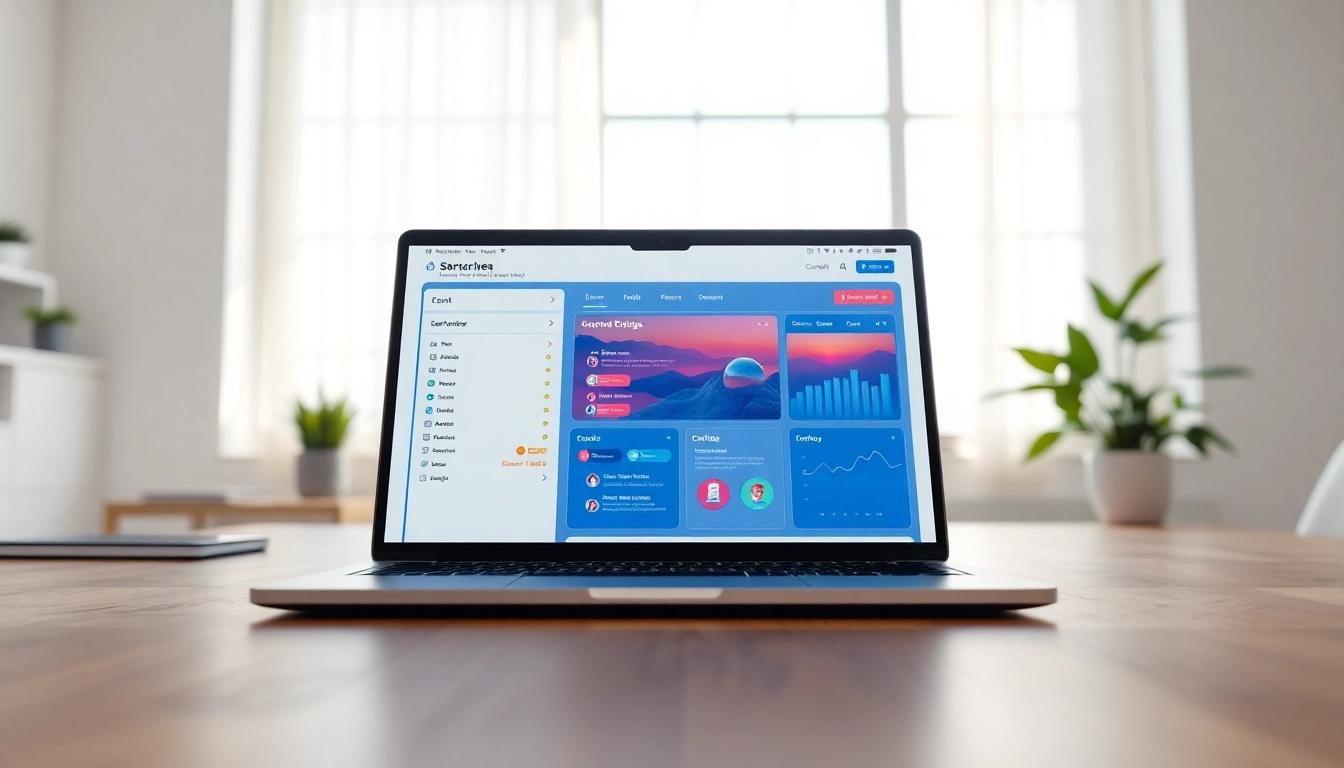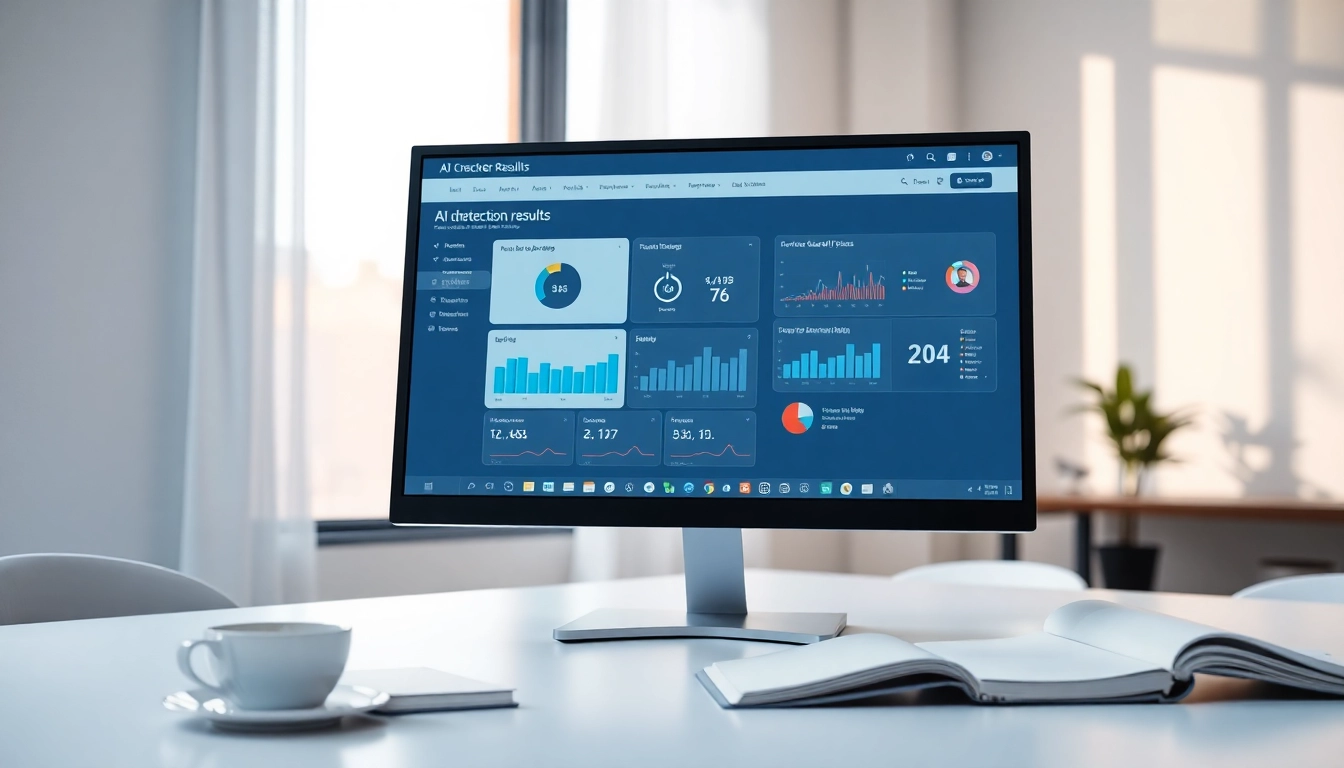In today’s digital world, possessing a strong online presence is essential for success. Whether you are a small business, a freelancer, or an established enterprise, having a well-designed website can significantly enhance your brand’s visibility and credibility. The field of website design encompasses various aspects and skills that collectively shape how users interact with your content. This comprehensive guide will explore the fundamentals of website design, essential tools, best practices, challenges, and metrics to measure success.
Understanding the Basics of Website Design
What is website design?
Website design refers to the process of planning, conceptualizing, and arranging content intended for the Internet. It encompasses several elements, including the layout, color scheme, typography, graphics, and content structure. The goal of website design is to create a user-friendly web experience that is not only visually appealing but also effective in delivering the intended message.
According to various industry definitions, website design includes web graphic design, interface design, and user experience design. Understanding these components is vital, as each plays a critical role in ensuring a website achieves its objectives.
The significance of user experience in website design
User experience (UX) is a crucial factor in website design, focusing on how users feel when interacting with a website. A positive user experience can enhance user satisfaction, increase retention rates, and drive conversions. Key elements of UX design involve intuitive navigation, responsive design, fast loading times, and accessibility features.
Incorporating UX principles means understanding your audience’s preferences and needs. Conducting user research and testing is essential to gather insights that can inform design decisions. For instance, consider utilizing A/B testing to compare different design variations and determine which resonates better with users.
Elements that define effective website design
Effective website design is characterized by several key elements:
- Visual Hierarchy: Arranging and prioritizing content based on its importance helps users navigate a site intuitively.
- Color Theory: Choosing a color palette that reflects your brand identity and evokes the intended emotions can greatly impact user engagement.
- Typography: Selecting readable fonts and maintaining consistency in typography contributes to a professional appearance.
- Imagery: High-quality images and graphics enhance the visual appeal and message of your website.
- Whitespace: Appropriate use of whitespace avoids clutter and allows users to focus on your content effectively.
Essential Tools for Creating Website Design
Types of website design software
Numerous tools are available in the market that can facilitate the website design process. These include:
- Content Management Systems (CMS): Platforms like WordPress and Drupal allow users to create and manage content without extensive technical knowledge.
- Website Builders: Tools such as Wix and Squarespace offer drag-and-drop interfaces, making it easy to design a website visually.
- Graphic Design Software: Applications like Adobe Photoshop and Sketch are essential for creating custom graphics and layouts.
- Prototyping Tools: Software like Figma and InVision helps designers create interactive prototypes to visualize design concepts.
Choosing the right templates for website design
Templates can significantly streamline the design process. However, it’s critical to select templates that align with your unique brand identity and needs. When choosing a template, consider the following:
- Customizability: Ensure that the template you choose is easily customizable to match your branding.
- Responsiveness: Opt for templates that are mobile-friendly and adapt seamlessly to various screen sizes.
- User Reviews: Look for templates that have positive feedback regarding features and user experience.
Integrating collaborative tools in website design
Collaboration is key in website design, especially when working with teams. Integrating tools that facilitate communication and project management can enhance productivity. Tools like Slack for real-time communication, Trello for task management, and Google Drive for file sharing can streamline the design workflow and ensure all team members are on the same page.
Best Practices for Website Design
Designing for mobile responsiveness
With an increasing number of users accessing websites via mobile devices, ensuring mobile responsiveness is no longer optional; it is a necessity. Mobile-responsive design means that your website adapts seamlessly to different screen sizes and resolutions.
To achieve this, consider using flexible grids and layouts, media queries in CSS, and testing your site across various devices to ensure the design functions as intended.
Utilizing color theory in website design
Color theory plays a pivotal role in conveying your brand’s message and evoking emotions in users. Understanding the psychological impact of color can help in choosing an appropriate color scheme for your website.
- Red: Associated with energy and urgency.
- Blue: Evokes trust and professionalism.
- Green: Represents growth and health.
- Yellow: Stimulates positivity and energy.
Utilize a color wheel to select complementary colors that not only enhance aesthetics but also guide users toward desired actions.
Importance of typography in website design
Typography is a fundamental aspect of web design that influences readability and user experience. Choosing the right fonts and maintaining proper spacing, line height, and text alignment can significantly impact how visitors perceive your content.
Employ web-safe fonts that maintain legibility across different devices, and avoid using too many font styles to keep the design cohesive.
Common Challenges in Website Design
Identifying user needs and preferences
Understanding your target audience is critical in designing a site that meets their needs. However, gathering insights on user preferences can be challenging. Conducting surveys, focus groups, or analyzing user behavior data can provide valuable feedback to inform your design choices.
Handling technical limitations in website design
Technical limitations, whether they stem from hosting issues, browser compatibility, or coding constraints, can impede the design process. It’s essential to choose a reliable hosting service and utilize standardized coding practices to minimize compatibility issues. Regular maintenance and updates can help in addressing any technical glitches that may arise over time.
Strategies to overcome design fatigue
Design fatigue often occurs when designers feel overwhelmed or uninspired. To combat this, implement regular breaks, collaborate with other designers for fresh ideas, and continually seek feedback from users to gain new perspectives. Engaging in design challenges or studying current trends can also reinvigorate your creativity.
Measuring Success in Website Design
Key performance indicators for website design
Measuring the success of your website design involves tracking several key performance indicators (KPIs) that provide insights into user behavior and engagement. Some essential KPIs include:
- Conversion Rate: The percentage of users completing desired actions, such as signing up for a newsletter or making a purchase.
- Bounce Rate: The percentage of visitors who leave your site after viewing only one page, indicating engagement levels.
- Average Session Duration: The average amount of time users spend on your site, which reflects content effectiveness.
Analyzing user behavior on your website design
User behavior analysis is fundamental in understanding how visitors interact with your site. Tools like Google Analytics can help track user journeys, identifying which areas of your site are performing well and which may need improvement. Analyzing heatmaps can also illustrate where users click most frequently, providing insights into design effectiveness.
Continuous improvement strategies for website design
Website design is not a one-time task; it requires ongoing evaluation and improvement. To ensure your site remains effective:
- Solicit Feedback: Regularly obtain feedback from users to discover areas for enhancement.
- Stay Updated: Keep abreast of design trends and technology advancements to maintain relevancy.
- Iterate: Use data-driven insights to make iterative changes, testing and optimizing elements within your design continually.



